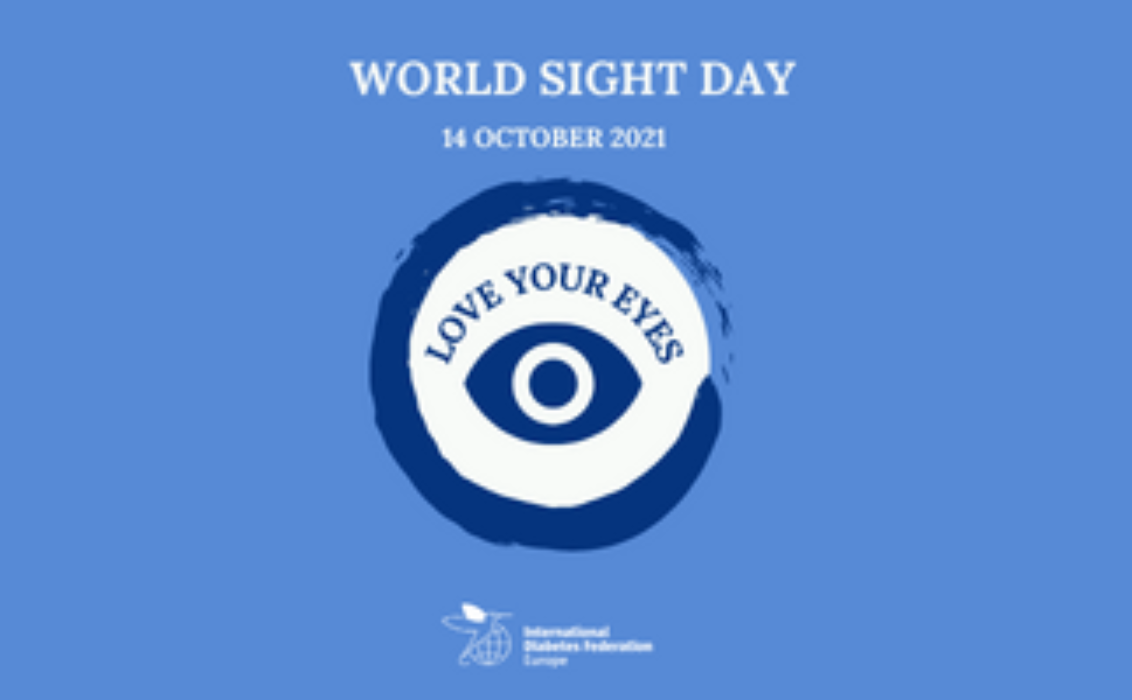On the second Thursday of October annually, the global community celebrates World Sight Day to raise awareness of eye health and the importance of regular vision check-ups. This year’s World Sight Day falls on 14 October and is themed ‘Love Your Eyes’.
For people living with diabetes (PwD), eye health is particularly important. More than one third of all PwD develop diabetes-related retinopathy (DR), and 12% vision-threatening retinopathy. In Europe, around 950,000 people who live with diabetes also develop diabetes-related retinopathy. DR is a mostly preventable complication of diabetes that can lead to vision impairment and blindness. Optimal diabetes management as well as systematic screening to identify individuals at risk, and early action are key to reducing the risk of this complication.
Despite DR’s potential devastating impact both on PwD’s quality of life and on society at large, and although many national and international guidelines already exist regarding best practice in screening, implementation of systematic screening programmes remains patchy. In 2020, WHO European region (WHO/Europe) developed a guide for policy-makers, public health leaders and senior clinicians on improving diabetes retinopathy screening programmes in Europe.
One of the WHO/Europe’s key recommendations is to set up effective pathways to improve screening programmes. These should include identifying the population eligible for screening; invitation and information; testing; referral of screen positives and reporting of screen-negative results; diagnosis; intervention, treatment and follow-up; and reporting of outcomes. A framework for undertaking a situation analysis is also provided to evaluate the ways of improving resources and infrastructure, a pathway for screening, quality of screening, and equity in access to high-quality screening.
WHO/Europe also recommends that the screening interval or frequency of rescreening should be between one and two years, with the possibility to adjust the screening interval according to the person’s glycaemic control and retinopathy or by the severity of the retinopathy alone.
To achieve the recommendations on optimal screening intervals, it is crucial to improve access to high-quality screening technologies. While many countries in Western Europe have excellent diagnostic and treatment services in place, the screening pathways for all the eligible population are sometines missing. Quality of care also varies from country to country, with many healthcare systems being fragmented across family doctors, endocrinologists/diabetologists, ophthalmologists and hospital care. Finally, increasing the health literacy of PwD, healthcare professionals (HCPs) and regulators is also key to improving access to DR screening.
For more information about diabetes-related eye diseases and their management, please visit the IDF website: https://idf.org/our-activities/care-prevention/eye-health.html
You can follow the Bulgarian initiative on their official website here or Facebook page here.
Below you can see the staff of the Bulgaria Diabetes Association doing rounds for the diabetes retinopathy screening.
 |



